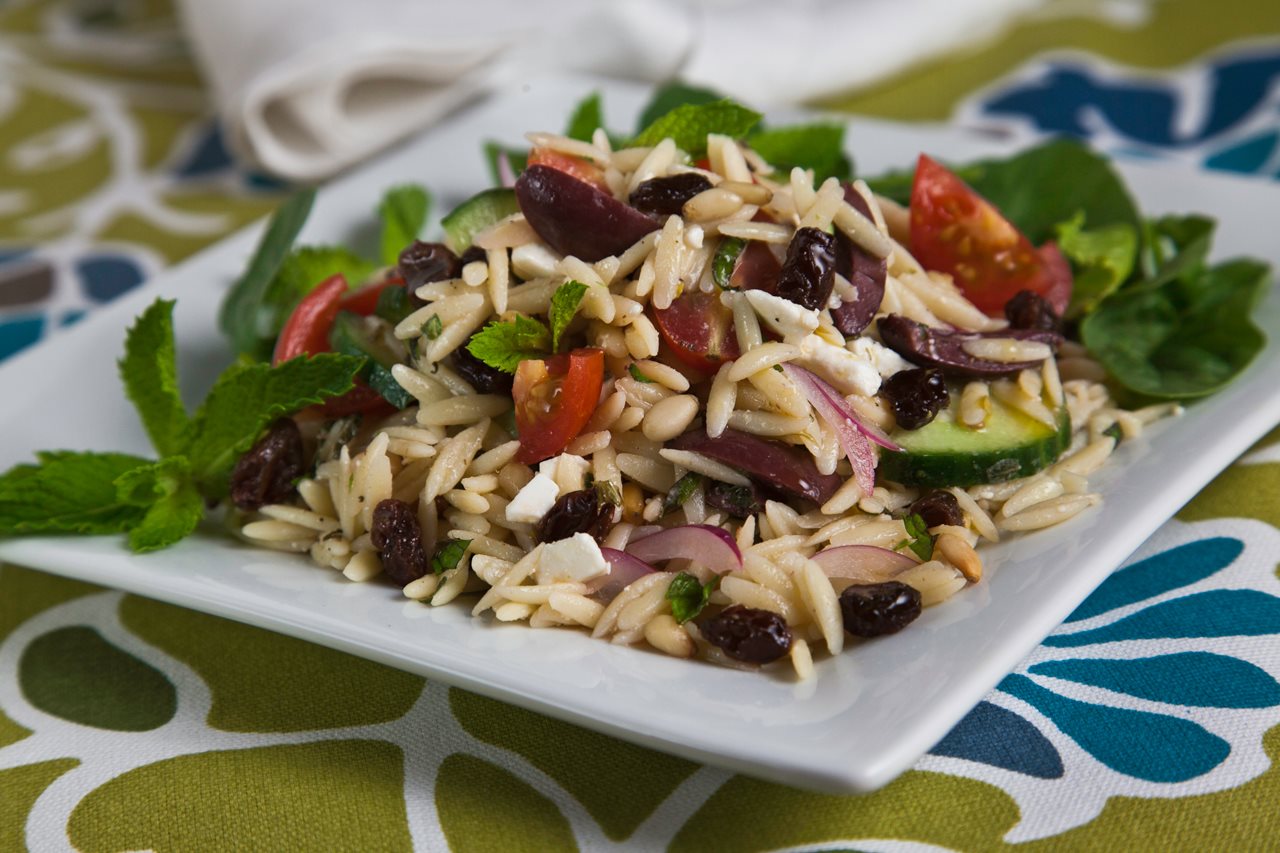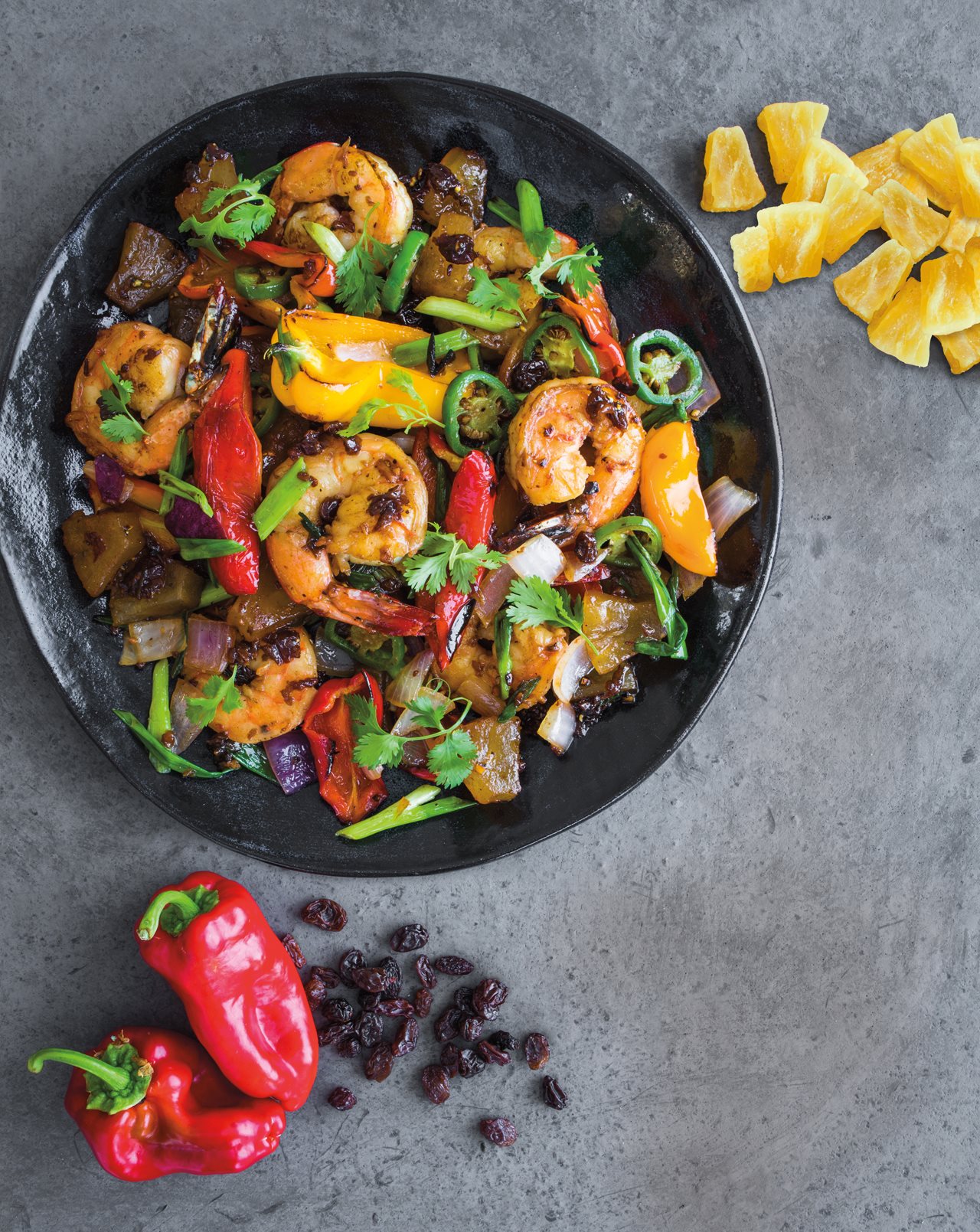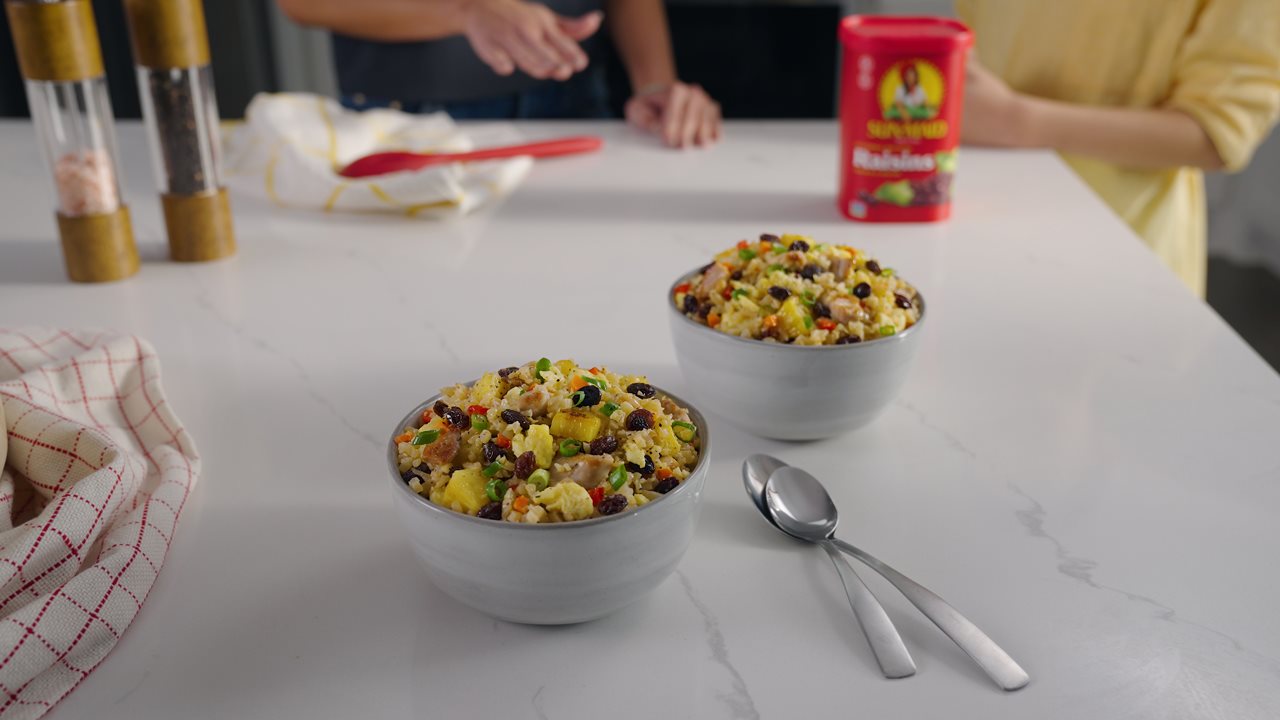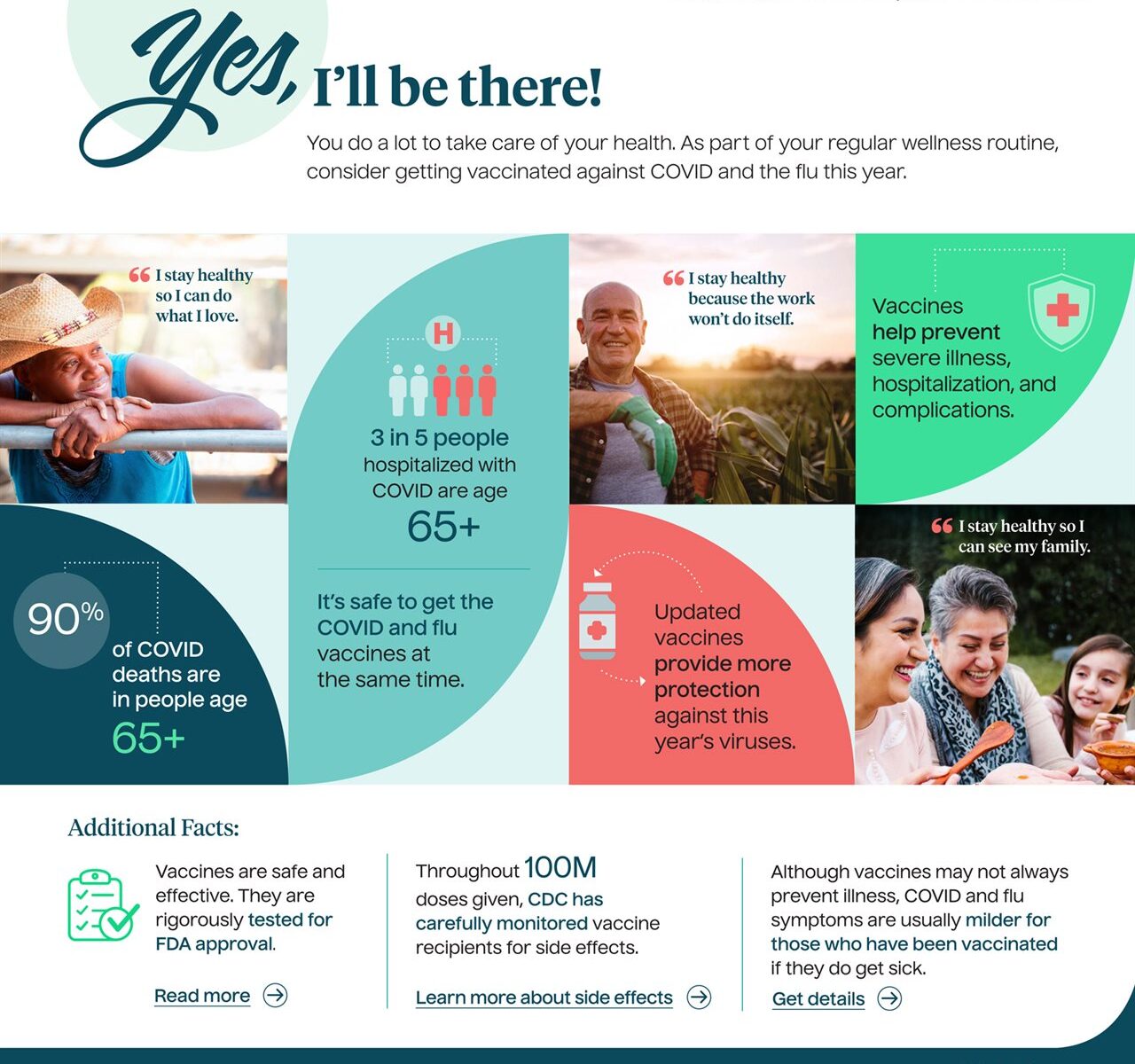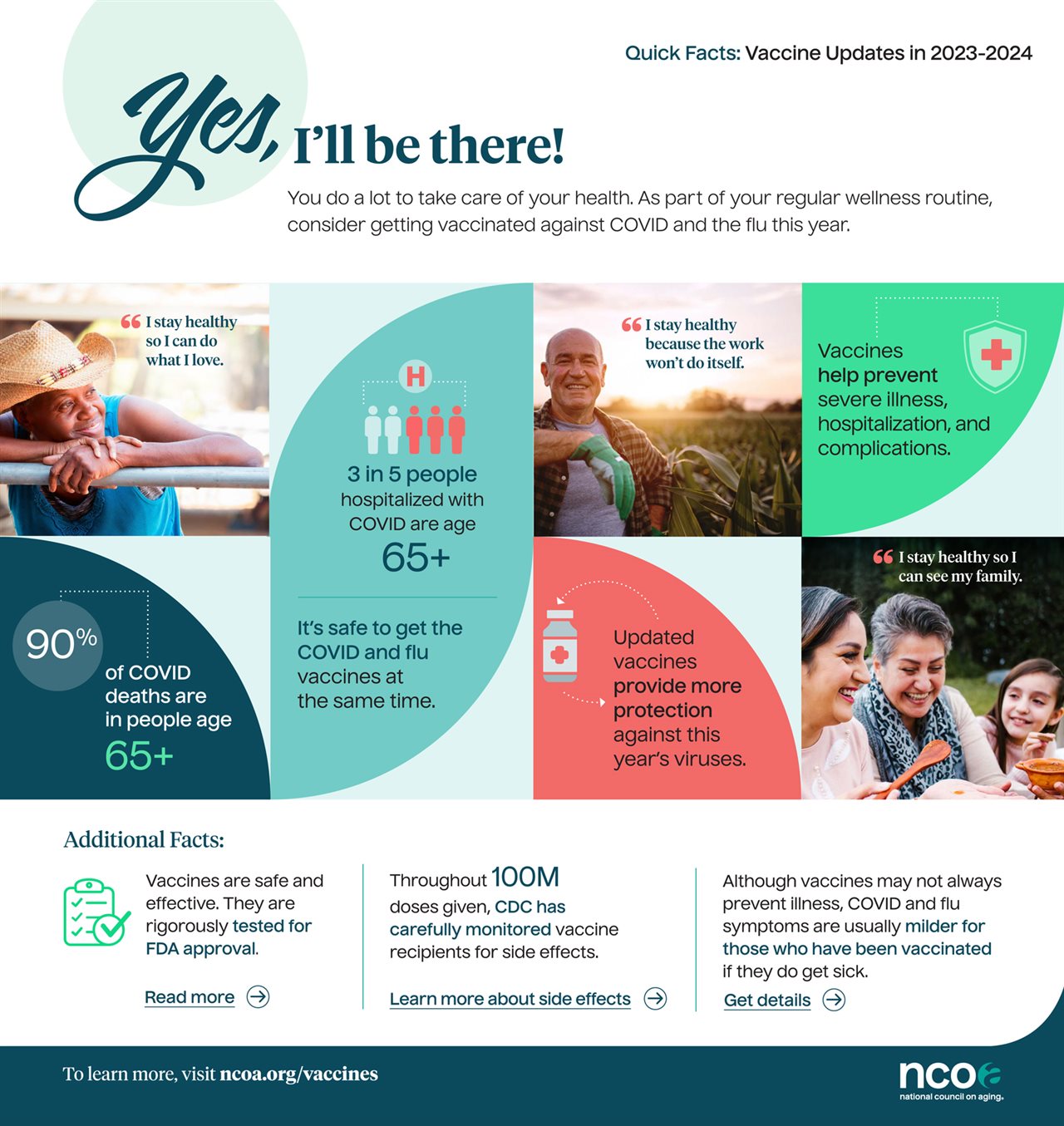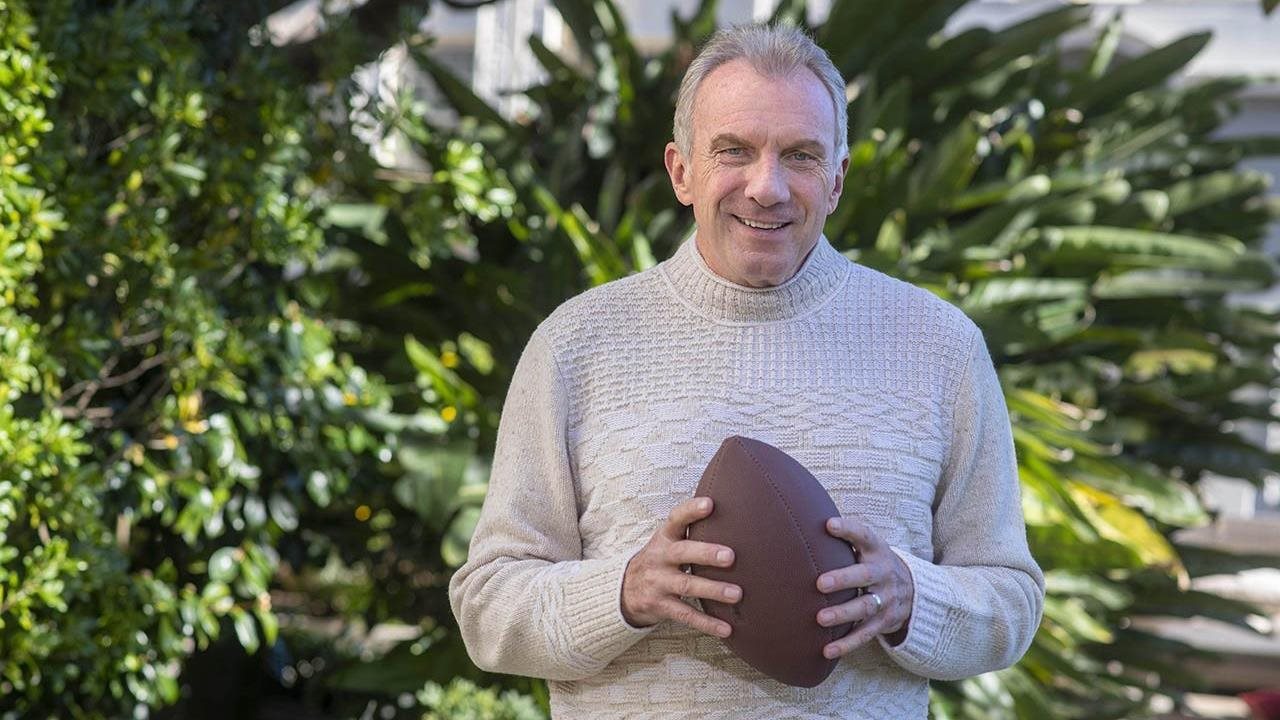2024-01-29T07:01:00
(BPT) – As a parent or caregiver, your child’s safety is always a priority. Nearly two out of five parents of school-aged children in the U.S. say they fear for their child’s safety, according to an EdWeek Research Center Survey. With school security concerns becoming increasingly prevalent, it’s crucial to have open and honest conversations with your kids about this sensitive topic. But where do you start?
It’s normal to feel overwhelmed or confused about how to address school safety topics with your kids. That’s why LenelS2, the global leader in advanced physical security solutions, has developed On The Safe Side, a program to provide caregivers with the tools they need to have these difficult conversations.
Dr. Regine Muradian, clinical psychologist and children’s author, helped develop On The Safe Side resources to inform these important discussions. She shares her expert guidance to help any parent or caregiver have productive, age-appropriate conversations:
1. Understand it’s not a one-and-done conversation
Whether through social media, news outlets or overheard conversations, information is readily available, even for young children. Proactively taking time to talk will help avoid the spread of misinformation and can provide your child with a sense of calmness and security in the event of an emergency. The key is to keep an open dialogue with your children so they always feel they have a safe haven.
2. Get on the same page by getting informed
Understand the school’s safety measures and protocol for emergencies yourself. School security challenges are complicated and unique to each school’s specific needs. Some LenelS2 capabilities worth asking your school about include immediate lockdown response, visitor management, perimeter and entrance safeguards, and mobile security programs for when administrators are away from their desks.
3. The hardest part of the conversation is always the start
You may have trouble finding the right wording or may feel anxious about broaching conversations around difficult topics. The most ideal time to discuss feelings and assess emotions is after the school conducts a drill. Here are some examples of prompts that you can use:
- What did you learn during today’s security drill? How did it make you feel?
- Do you have any questions about the security drill?
- I am here if you need to talk when you are ready.
4. Strike a balance between being informative, transparent and calm
When you speak to your children about safety protocols and drills, it’s important to approach the topic calmly but with a sense of urgency. Go over any steps you learned yourself and ensure this conversation with your children is ongoing. Reiterate that while a school safety plan may require practice, there is a low probability of actually needing to use it.
5. Reassure and empower them to ask questions
To help minimize any fear and anxiety your kids might have, encourage them to ask school personnel and administrators where the school exits are located and any questions they may have about security drills.
It’s important to remind children that the adults at their school — teachers, principals, guidance counselors — are there to protect them and keep them safe. Work with your child to find their “trusted adults” at school so they have someone to turn to if they feel unsafe or want someone to talk to. With this in mind, you will still always be your child’s go-to in a time of crisis. Ensure that your child knows how to best reach you or another family member during an emergency.
By addressing their concerns, teaching them essential safety measures and maintaining a supportive environment, you can empower your children to navigate through school with confidence and security.
For additional resources and more information about On The Safe Side, visit LenelS2.com/OnTheSafeSide.
Please note, the material provided is for informational purposes only, is general in nature, and is not intended to and should not be relied upon or construed as professional, medical or legal advice. Individuals and entities using or referencing the materials are encouraged to consult a professional regarding any specific circumstance. LenelS2 expressly disclaims all responsibility and shall have no liability for any damages, injuries of any kind or any liability whatsoever suffered as a result of your reliance on the information set forth in these materials.



















